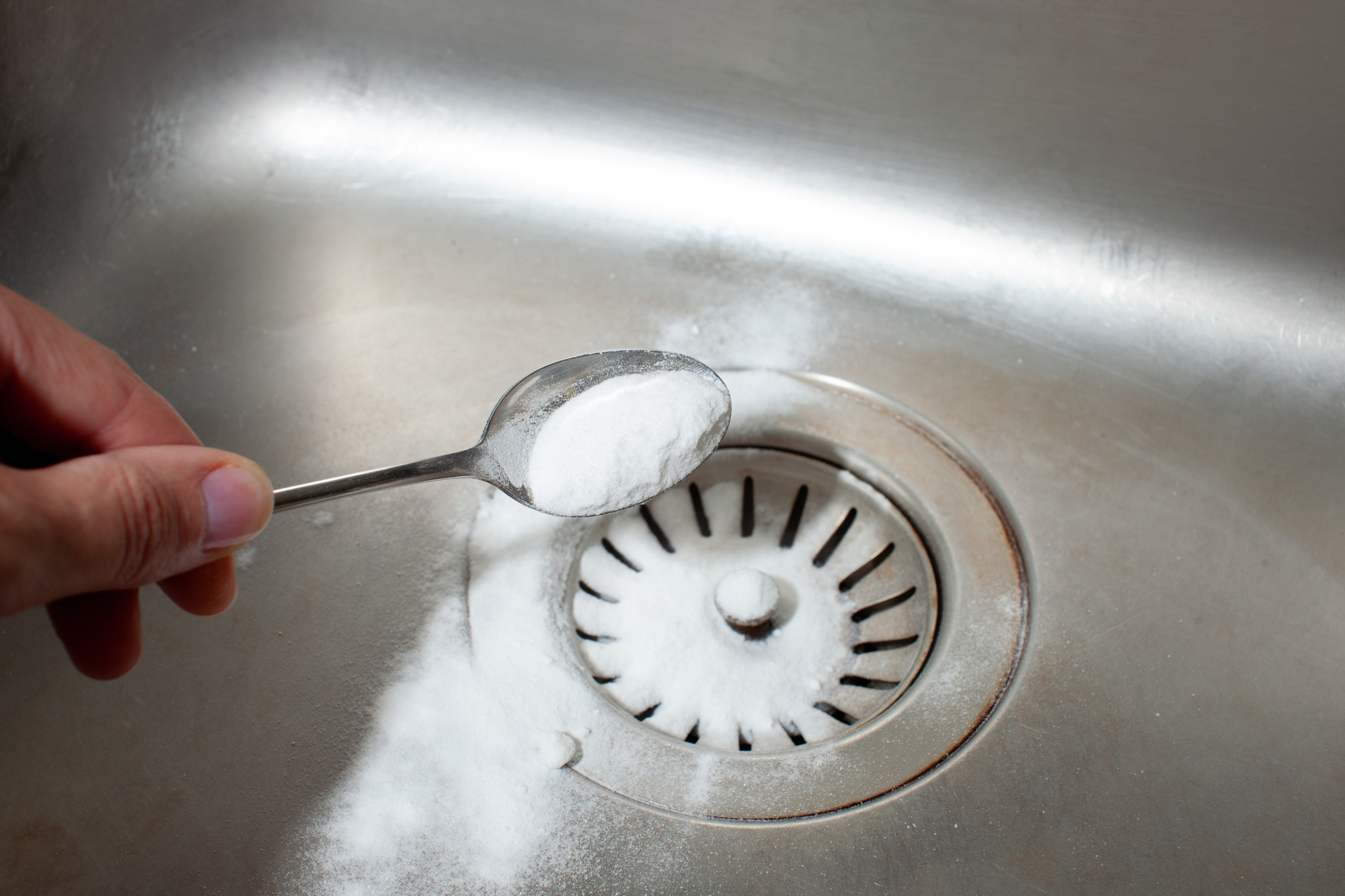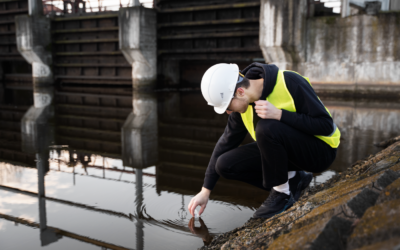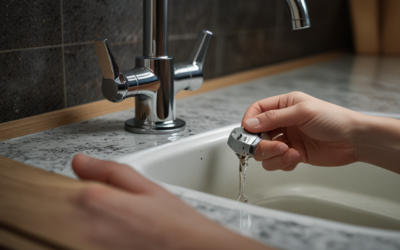As a plumbing services provider, your clients expect a high level of professionalism and trustworthiness when they turn to you for help. Building this trust is essential, as it can lead to repeat business, client referrals, and positive reviews. One way to build client trust is by providing accurate and detailed diagnostic inspection reporting.
Diagnostic inspection reporting is a process by which a plumber evaluates a client’s plumbing system to identify any issues and provide recommendations for repair or improvement. These reports should be thorough and easy to understand, as they serve as an essential tool for both the plumber and the client. Here are some tips for building client trust with diagnostic inspection reporting:
1. Be transparent
Transparency is key when it comes to diagnostic inspection reporting. Clients want to know that you are being honest and accurate in your assessment of their plumbing system. Be upfront about any issues you find, and provide a clear and concise explanation of what needs to be done to fix the problem. Use photos and diagrams to help illustrate your findings, so clients can see for themselves what’s going on.

2. Provide detailed reports
A detailed report is essential in building client trust. Make sure your report includes a thorough inspection of all plumbing fixtures, pipelines, water supply systems, and drainage systems. Detail the condition of each, and provide specific recommendations for repair or replacement. Additionally, include a comprehensive list of all estimated costs, so clients know exactly what they’re getting into before committing to any work.
3. Use industry-standard equipment
Using industry-standard equipment to perform your diagnostic inspection can help build client trust. Invest in the latest technology to detect leaks, clogs, and other issues accurately. Clients will appreciate the efficiency and precision of your diagnostic inspection, which will ultimately result in their trust in your services. Be transparent about your equipment and how it works, so clients can understand the process.
4. Provide a timeline for repair

Clients want to know how long it will take to fix their plumbing issues. A specific timeline for repair or replacement can go a long way in building client trust. Provide accurate estimates for how long the repair will take and how much it will cost. Be upfront about any potential delays or complications that could arise during the repair process.
5. Follow up after the repair
Following up with clients after the repair is complete will show that you care about their satisfaction. Call or email a few days after the repair to ensure that everything is working as intended. If any issues arise, be prompt and professional in addressing them. Clients will appreciate your attention to detail and willingness to go the extra mile to ensure their satisfaction.
In conclusion, building client trust with diagnostic inspection reporting is critical in the plumbing services industry. Being transparent, providing detailed reports, using industry-standard equipment, providing a timeline for repair, and following up after the repair are all crucial steps in building trust. By consistently providing exceptional customer service, your business will build a positive reputation and lead to increased growth and revenue. Don’t underestimate the importance of diagnostic inspection reporting in creating a satisfied and loyal customer base.






